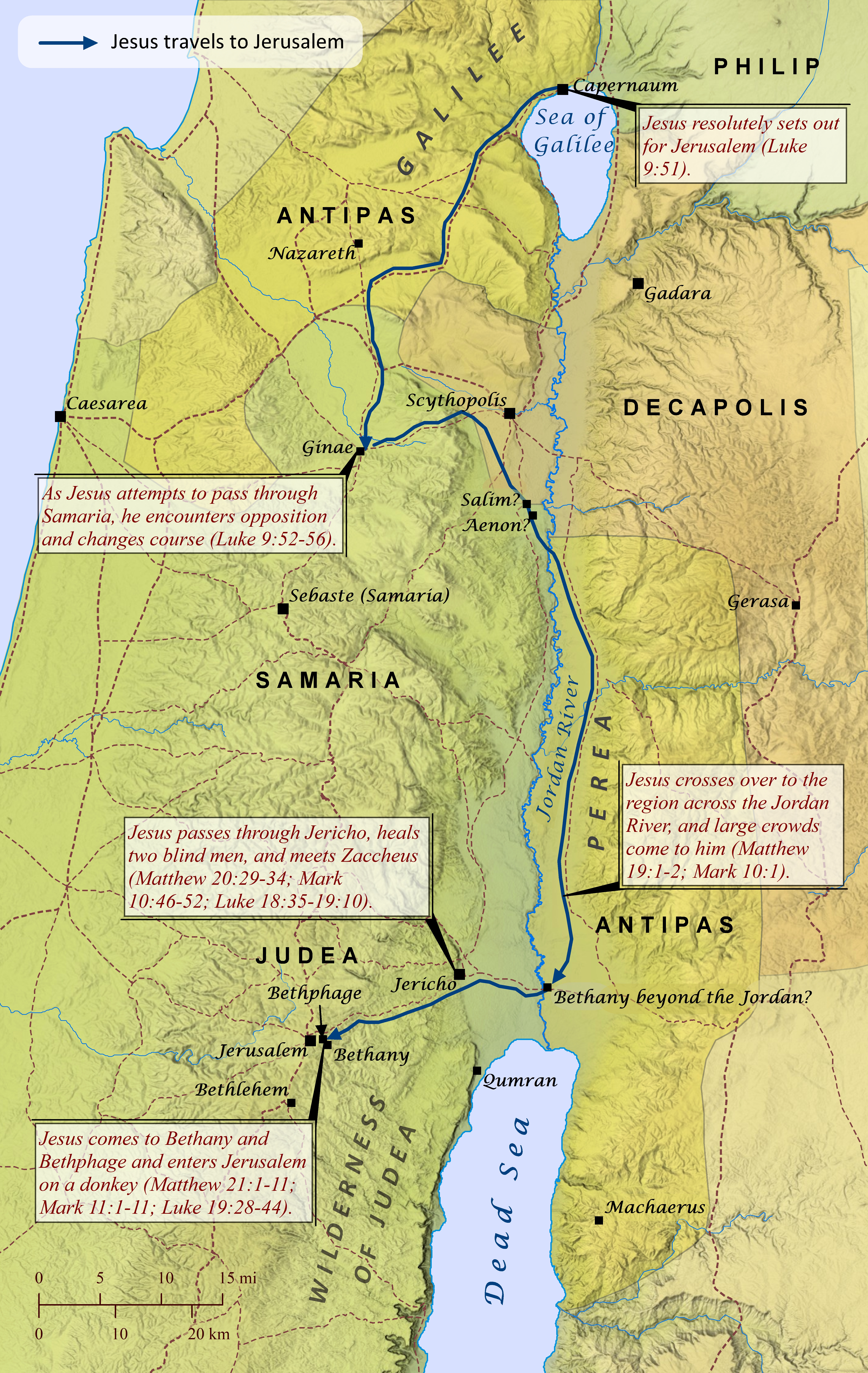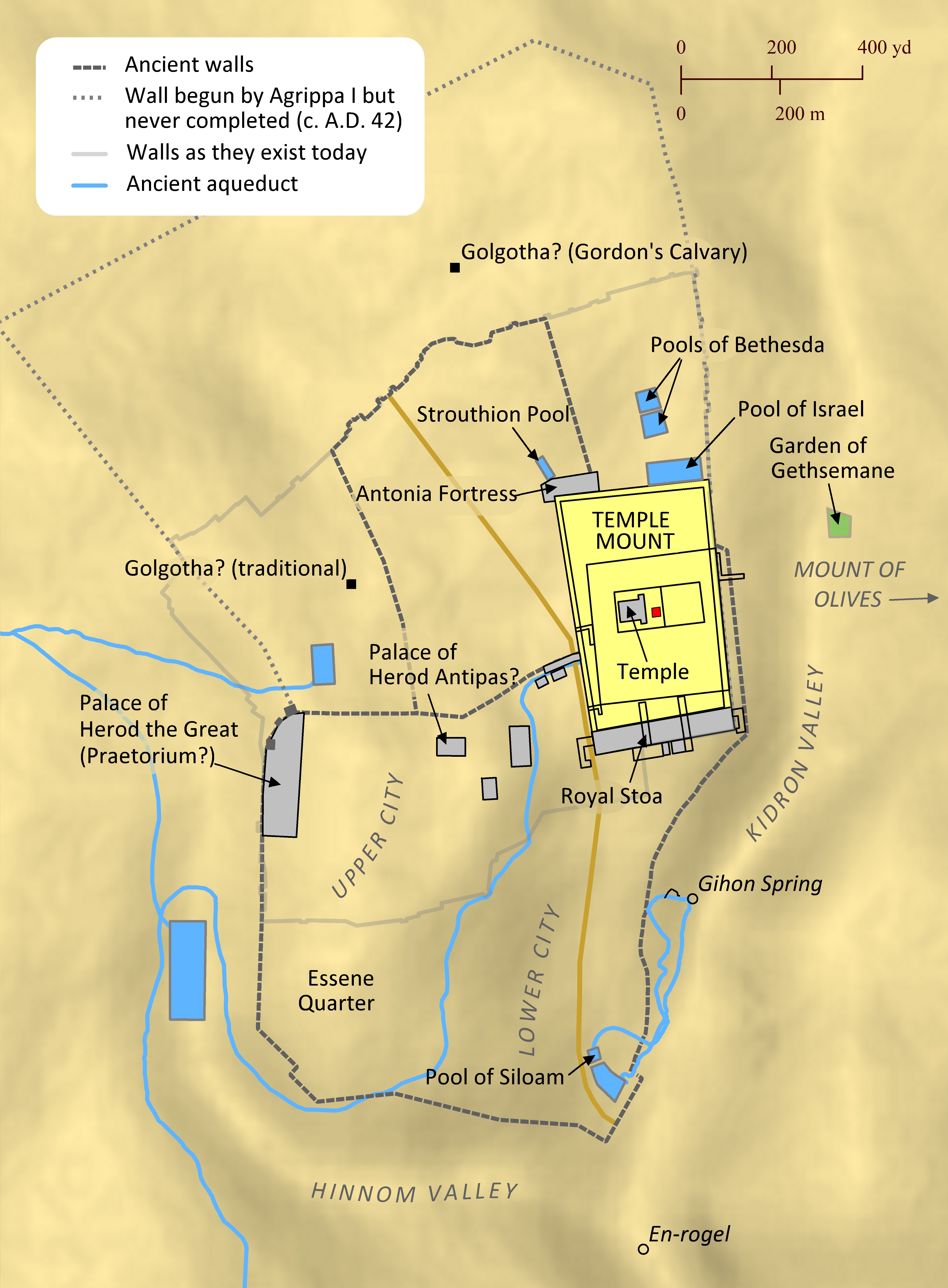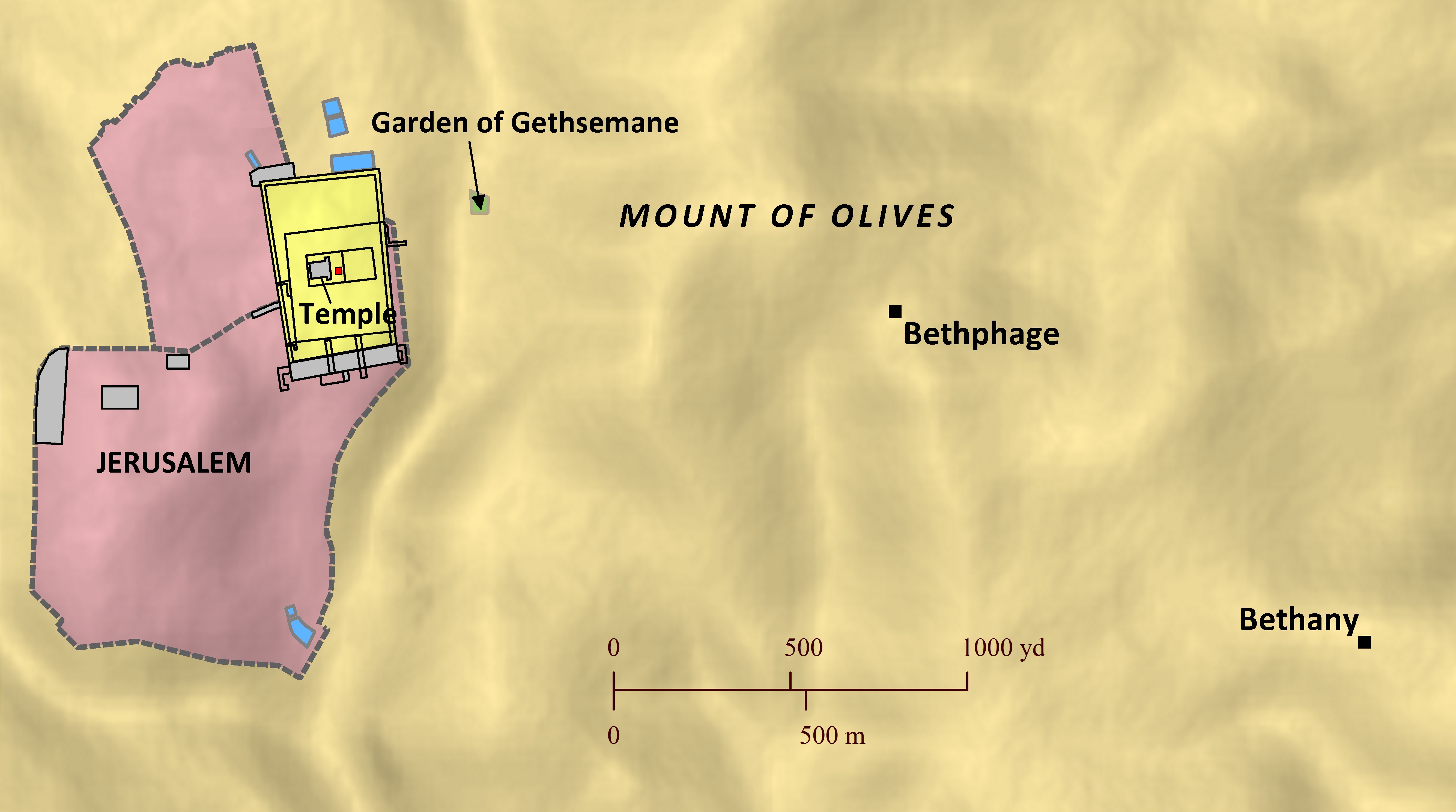Open Bible Data Home About News OET Key
OET OET-RV OET-LV ULT UST BSB MSB BLB AICNT OEB WEBBE WMBB NET LSV FBV TCNT T4T LEB BBE Moff JPS Wymth ASV DRA YLT Drby RV SLT Wbstr KJB-1769 KJB-1611 Bshps Gnva Cvdl TNT Wycl SR-GNT UHB BrLXX BrTr Related Topics Parallel Interlinear Reference Dictionary Search
ParallelVerse GEN EXO LEV NUM DEU JOB JOS JDG RUTH 1 SAM 2 SAM PSA AMOS HOS 1 KI 2 KI 1 CHR 2 CHR PROV ECC SNG JOEL MIC ISA ZEP HAB JER LAM YNA (JNA) NAH OBA DAN EZE EZRA EST NEH HAG ZEC MAL LAO GES LES ESG DNG 2 PS TOB JDT WIS SIR BAR LJE PAZ SUS BEL MAN 1 MAC 2 MAC 3 MAC 4 MAC YHN (JHN) MARK MAT LUKE ACTs YAC (JAM) GAL 1 TH 2 TH 1 COR 2 COR ROM COL PHM EPH PHP 1 TIM TIT 1 PET 2 PET 2 TIM HEB YUD (JUD) 1 YHN (1 JHN) 2 YHN (2 JHN) 3 YHN (3 JHN) REV
Mark Intro C1 C2 C3 C4 C5 C6 C7 C8 C9 C10 C11 C12 C13 C14 C15 C16
Mark 11 V1 V2 V3 V4 V5 V6 V8 V9 V10 V11 V12 V13 V14 V15 V16 V17 V18 V19 V20 V21 V22 V23 V24 V25 V26 V27 V28 V29 V30 V31 V32 V33
Note: This view shows ‘verses’ which are not natural language units and hence sometimes only part of a sentence will be visible—click on any Bible version abbreviation down the left-hand side to see the verse in more of its context. Normally the OET discourages the reading of individual ‘verses’, but this view is only designed as a tool for doing comparisons of different translations—the older translations are further down the page (so you can read up from the bottom to trace the English translation history). The OET segments on this page are still very early looks into the unfinished texts of the Open English Translation of the Bible—please double-check these texts in advance before using in public.
Text critical issues=small word differences Clarity of original=clear Importance to us=normal (All still tentative.)
OET (OET-RV) They brought the young donkey to Yeshua, placing their coats over it before Yeshua mounted it.![]()
OET-LV And they_are_bringing the colt to the Yaʸsous, and they_are_laying_on the coats of_them to_it, and he_sat_down on it.
![]()
SR-GNT Καὶ ἄγουσιν τὸν πῶλον πρὸς τὸν ˚Ἰησοῦν, καὶ ἐπιβάλλουσιν αὐτῷ τὰ ἱμάτια αὐτῶν, καὶ ἐκάθισεν ἐπʼ αὐτόν. ‡
(Kai agousin ton pōlon pros ton ˚Yaʸsoun, kai epiballousin autōi ta himatia autōn, kai ekathisen epʼ auton.)
Key: khaki:verbs, orange:accusative/object, pink:genitive/possessor, cyan:dative/indirect object.
Note: Automatic aligning of the OET-RV to the LV is done by some temporary software, hence the RV alignments are incomplete (and may occasionally be wrong).
ULT And they brought the colt to Jesus and throw their cloaks upon it, and he sat on it.
UST They led the young donkey to Jesus. Then they spread their coats on the young donkey, and Jesus rode on it.
BSB Then they led the colt to Jesus and threw their cloaks over it, and He sat on it.
MSB Then they led the colt to Jesus and threw their cloaks over it, and He sat on it.
BLB And they led the colt to Jesus, and they cast upon it their cloaks, and He sat on it.
AICNT And they {brought}[fn] the colt to Jesus and threw their garments on it, and he sat on it.
11:7, brought: Some manuscripts read “lead.”
OEB Then they brought the foal to Jesus, and, when they had laid their cloaks on it, he seated himself on it.
WEBBE They brought the young donkey to Jesus and threw their garments on it, and Jesus sat on it.
WMBB They brought the young donkey to Yeshua and threw their garments on it, and Yeshua sat on it.
NET Then they brought the colt to Jesus, threw their cloaks on it, and he sat on it.
LSV And they brought the colt to Jesus, and cast their garments on it, and He sat on it,
FBV They brought the colt to Jesus, put their cloaks on it, and Jesus sat on it.
TCNT Then they brought the colt to Jesus and put their garments on it, and he sat on it.
T4T They brought the donkey to Jesus. The disciples put some of their clothes on it in order to make something for him to sit on.
LEB And they brought the colt to Jesus and threw their cloaks over it, and he sat on it.
BBE And they took the young ass to Jesus, and put their clothing on him, and he got on his back.
Moff Then they brought the colt to Jesus, and when they had put their clothes on it Jesus seated himself.
Wymth So they brought the foal to Jesus, and threw their outer garments over him; and Jesus mounted.
ASV And they bring the colt unto Jesus, and cast on him their garments; and he sat upon him.
DRA And they brought the colt to Jesus; and they lay their garments on him, and he sat upon him.
YLT And they brought the colt unto Jesus, and did cast upon it their garments, and he sat upon it,
Drby And they led the colt to Jesus, and cast their clothes upon it, and he sat on it;
RV And they bring the colt unto Jesus, and cast on him their garments; and he sat upon him.
SLT And they brought the colt to Jesus, and they cast their garments upon him, and he sat upon him.
Wbstr And they brought the colt to Jesus, and cast their garments on him; and he sat upon him.
KJB-1769 And they brought the colt to Jesus, and cast their garments on him; and he sat upon him.
KJB-1611 And they brought the colt to Iesus, and cast their garments on him, and he sate vpon him.
(Modernised spelling is same as from KJB-1769 above, apart from punctuation)
Bshps And they brought the colt to Iesus, and cast their garmentes on hym, and he sate vpon hym.
(Modernised spelling is same as from KJB-1769 above, apart from punctuation)
Gnva And they brought the colte to Iesus, and cast their garments on him, and he sate vpon him.
(And they brought the colte to Yesus/Yeshua, and cast their garments on him, and he sat upon him. )
Cvdl And they brought the foale vnto Iesus, and layed their clothes theron, and he sat theron.
(And they brought the foal unto Yesus/Yeshua, and laid their clothes thereon, and he sat thereon.)
TNT And they brought the coolte to Iesus and caste their garmetes on him: and he sate vpo him.
(And they brought the colt to Yesus/Yeshua and cast/threw their garments on him: and he sat upon him. )
Wycl And thei brouyten the colt to Jhesu, and thei leiden on hym her clothis, and Jhesus sat on hym.
(And they brought the colt to Yhesu, and they laid on him her clothes, and Yhesus sat on him.)
Luth Und sie führeten das Füllen zu JEsu und legten ihre Kleider darauf, und er setzte sich darauf.
(And they/she/them led the foal to/for Yesu and laid their/her clothes on_it, and he sat itself/yourself/themselves on_it.)
ClVg Et duxerunt pullum ad Jesum: et imponunt illi vestimenta sua, et sedit super eum.[fn]
(And they_married pullum to Yesum: and imponunt them clothes his_own, and sat_down over him. )
11.7 Et sedit. HIER. Cœpit regnare ut non regnet peccatum in mortali vel lasciva carne: sed justitia et pax et gaudium in Spiritu sancto.
11.7 And sat_down. HIER. It_began to_reign as not/no regnet sin in/into/on mortali or lasciva flesh/meat: but justice and peace and joy in/into/on By_Spirit holy.
UGNT καὶ ἤγαγον τὸν πῶλον πρὸς τὸν Ἰησοῦν, καὶ ἐπιβάλλουσιν αὐτῷ τὰ ἱμάτια αὐτῶν, καὶ ἐκάθισεν ἐπ’ αὐτόν.
(kai aʸgagon ton pōlon pros ton Yaʸsoun, kai epiballousin autōi ta himatia autōn, kai ekathisen ep’ auton.)
SBL-GNT καὶ ⸀φέρουσιν τὸν πῶλον πρὸς τὸν Ἰησοῦν, καὶ ⸀ἐπιβάλλουσιν αὐτῷ τὰ ἱμάτια αὐτῶν, καὶ ἐκάθισεν ἐπʼ ⸀αὐτόν.
(kai ⸀ferousin ton pōlon pros ton Yaʸsoun, kai ⸀epiballousin autōi ta himatia autōn, kai ekathisen epʼ ⸀auton.)
RP-GNT Καὶ ἤγαγον τὸν πῶλον πρὸς τὸν Ἰησοῦν· καὶ ἐπέβαλον αὐτῷ τὰ ἱμάτια αὐτῶν, καὶ ἐκάθισεν ἐπ' αὐτῷ.
(Kai aʸgagon ton pōlon pros ton Yaʸsoun; kai epebalon autōi ta himatia autōn, kai ekathisen ep' autōi.)
TC-GNT Καὶ [fn]ἤγαγον τὸν πῶλον πρὸς τὸν Ἰησοῦν· καὶ [fn]ἐπέβαλον αὐτῷ τὰ ἱμάτια αὐτῶν, καὶ ἐκάθισεν ἐπ᾽ [fn]αὐτῷ.
(Kai aʸgagon ton pōlon pros ton Yaʸsoun; kai epebalon autōi ta himatia autōn, kai ekathisen ep autōi. )
Key for above GNTs: red:words differ (from our SR-GNT base).
11:1–13:37 This section centers on Jesus’ relationship to the Jerusalem Temple. Mark’s geographical arrangement places in 11:1–16:8 all his accounts of Jesus’ teachings and events associated with Jerusalem.
• The section concludes (13:1-37) with Jesus’ second extended teaching discourse (see 4:1-34), now focusing on the destruction of the Temple and the coming of the Son of Man. It is the climax for numerous statements within 11:1–13:37 concerning the divine judgment about to fall on Jerusalem and the Temple (see especially 11:12-25 and 12:1-12).
Note 1 topic: translate-unknown
τὸν πῶλον
the colt
See how you translated colt in [11:2](../11/02.md). Alternate translation: [the donkey that was not yet fully grown] or [the young riding animal]
Note 2 topic: translate-symaction
ἐπιβάλλουσιν αὐτῷ τὰ ἱμάτια αὐτῶν
˱they˲_˓are˒_laying_on ˱to˲_it the coats ˱of˲_them
The disciples did this to show that the person riding the colt was special and important. In this culture, animals that important people rode were draped with rich fabrics. If it would be helpful in your language, you could indicate that explicitly. Alternate translation: [drape the colt with their cloaks as a sign of honor] or [throw their cloaks upon it to give him glory]
Note 3 topic: translate-unknown
τὰ ἱμάτια
the coats
The word cloaks refers to outer garments. You could translate this with the name of an outer garment that your readers would recognize or with a general expression. Alternate translation: [jackets] or [outer garments]

Much like the difficulties of discerning the Israelites’ journey to the Promised Land (see here), the task of reconciling the four Gospel accounts of Jesus’ final journey to Jerusalem into one coherent itinerary has proven very challenging for Bible scholars. As with many other events during Jesus’ ministry, the accounts of Matthew, Mark, and Luke (often referred to as the Synoptic Gospels) present a noticeably similar account of Jesus’ final travels, while John’s Gospel presents an itinerary that is markedly different from the others. In general, the Synoptic Gospels present Jesus as making a single journey to Jerusalem, beginning in Capernaum (Luke 9:51), passing through Perea (Matthew 19:1-2; Mark 10:1) and Jericho (Matthew 20:29-34; Mark 10:46-52; Luke 18:35-19:10), and ending at Bethany and Bethphage, where he enters Jerusalem riding on a donkey (Matthew 21:1-11; Mark 11:1-11; Luke 19:28-44). John, on the other hand, mentions several trips to Jerusalem by Jesus (John 2:13-17; 5:1-15; 7:1-13; 10:22-23), followed by a trip to Perea across the Jordan River (John 10:40-42), a return to Bethany where he raises Lazarus from the dead (John 11), a withdrawal to the village of Ephraim for a few months (John 11:54), and a return trip to Bethany, where he then enters Jerusalem riding on a donkey (John 12:1-19). The differences between the Synoptics’ and John’s accounts are noteworthy, but they are not irreconcilable. The Synoptics, after noting that Jesus began his trip at Capernaum, likely condensed their accounts (as occurs elsewhere in the Gospels) to omit Jesus’ initial arrival in Jerusalem and appearance at the Festival of Dedication, thus picking up with Jesus in Perea (stage 2 of John’s itinerary). Then all the Gospels recount Jesus’ trip (back) to Bethany and Jerusalem, passing through Jericho along the way. Likewise, the Synoptics must have simply omitted the few months Jesus spent in Ephraim to escape the Jewish leaders (stage 4 of John’s itinerary) and rejoined John’s account where Jesus is preparing to enter Jerusalem on a donkey.

By the time of the New Testament, the ancient city of Jerusalem had been transformed from the relatively small fortress of David’s day (2 Samuel 5:6-10; 1 Chronicles 11:4-9) into a major city with a Temple that rivaled the greatest temples in the Roman world. Just prior to Jesus’ birth, Herod the Great completely renovated and expanded the Temple of the Lord, and he also built a lavish palace for himself, various pools (where Jesus occasionally performed healings), public buildings, and military citadels, including the Antonia Fortress, which overlooked the Temple. Wealthy residents, including the high priest, occupied extravagant houses in the Upper City, while the poorer residents were relegated to less desirable areas like the Lower City. The Essene Quarter was so named because many of its residents belonged to the Essenes, a strict religious sect that was known for its careful attention to the law of Moses. Across the Kidron Valley lay the Garden of Gethsemane, where Jesus often met with his disciples (Matthew 26:36-46; Mark 14:32-53; John 18:1-14). Further east was the Mount of Olives, where Jesus began his triumphal entry one week before his crucifixion (Matthew 21:1-11; Mark 11:1-11; Luke 19:28-40; John 12:12-19), taught his disciples about the last days (Matthew 24-25; Mark 13), and eventually ascended to heaven after his resurrection (Luke 24:50-53; Acts 1:1-11).

Matthew 21:1-17; Mark 11:1-11; Luke 19:28-48; John 12:1-19; see also Matthew 26:6-13; Mark 14:3-9
At the start of Passover one week before he was crucified, Jesus and his disciples traveled to Jerusalem, approaching the city from the east. When they arrived at the village of Bethphage, Jesus mounted a donkey and rode down the Mount of Olives as a humble king entering his capital city. Along the way, many people laid branches and cloaks in his path to welcome him. After Jesus entered the city, he immediately went up to the Temple and drove out the moneychangers and merchants there, and he healed the blind and the lame. Then he traveled nearly two miles outside the city to the village of Bethany to spend the night, which appears to have been where he typically lodged each night while visiting Jerusalem during the crowded Passover festival. Bethany is also where Jesus’ close friends Mary, Martha, and Lazarus lived. One evening while Jesus was there at a large dinner party given in his honor, Martha served the food, and Mary poured expensive perfume on Jesus’ feet and wiped his feet with her hair.